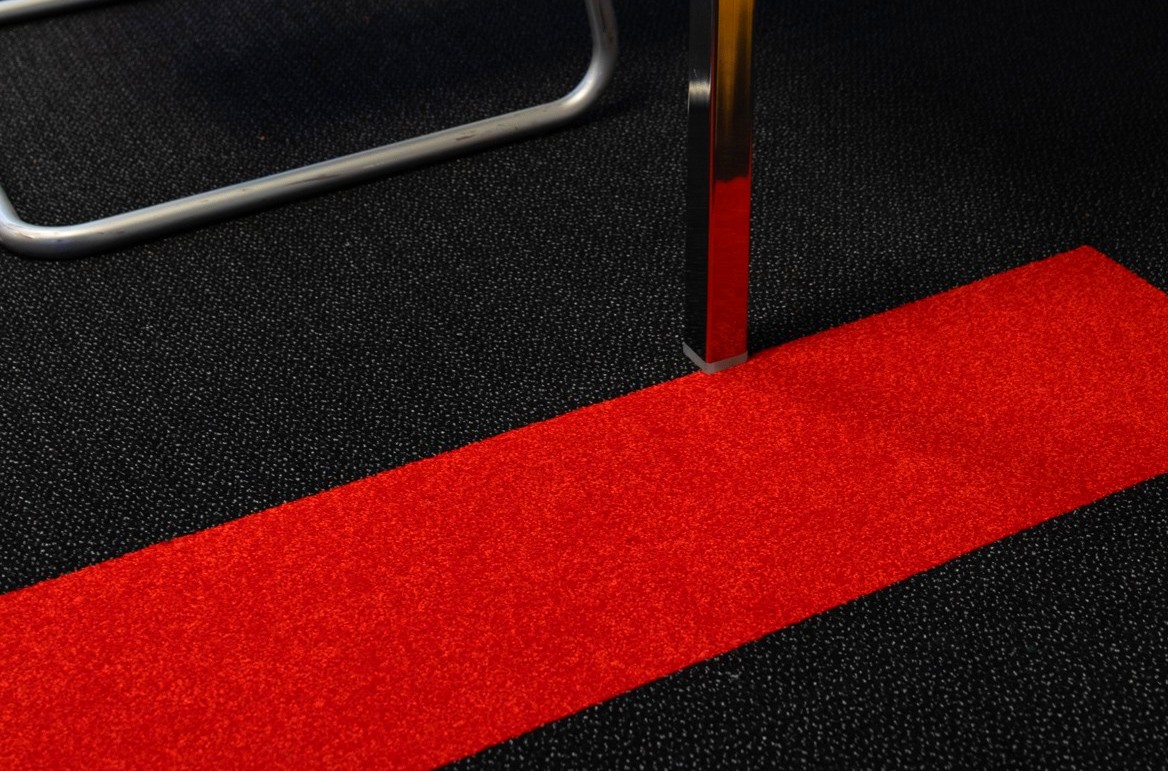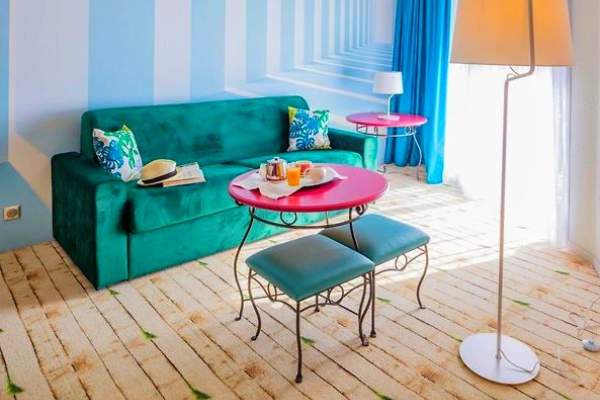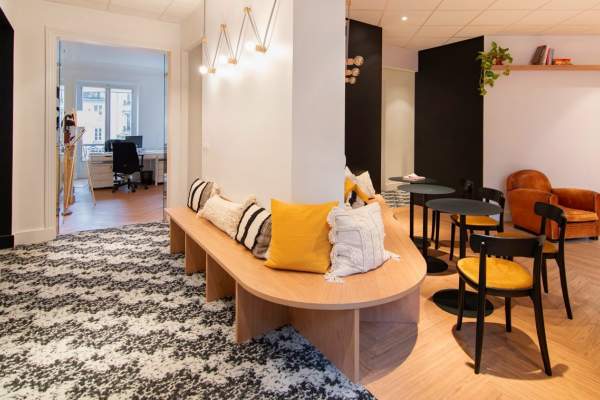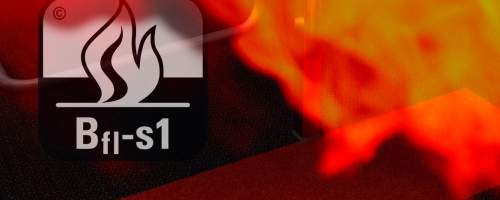Fire safety safety plan includes active protection measures, which are all the remedial measures taken after the fire has been started, and passive protection, which concerns the reaction to fire of construction and fitting-out materials and products. Choosing the right ones helps to keep fire under control, limit the damage, and even save lives.
Fire reaction and fire resistance
Reaction to fire should not be confused with resistance to fire. A product may be non-combustible and fire resistant, as is the case for some types of glass. Fire resistance refers to the time during which a material retains its properties during a fire. It is evaluated according to three criteria: mechanical resistance, tightness to flames and hot gases, and thermal insulation.
French legislation
In order to prevent a fire from spreading too quickly, thereby jeopardizing people safe evacuation or Fire Service's work, it is therefore prohibited to use, in public rooms or clearings, quick-ignition building or interior design materials, likely to produce smoke and burning droplets. Materials must meet the regulatory minimum degree of reaction to fire. (Article TP 13).
Regarding floorcoverings, they must have at least the following characteristics: Euroclass Dfl-s2 (category M4).
French M classification (NF P 92-507) has been replaced by Euroclass. It is no longer officially in force but still frequently used by manufacturers. It lists five categories of materials:
- M0: non-combustible materials (stone, glass, ceramics, rock wool, etc.),
- M1: combustible and non-flammable materials (PVC, composites, lacquers and paints on non-combustible supports, etc.),
- M2: combustible and non-flammable materials (wall coverings, particle board, etc.),
- M3: combustible and moderately flammable materials (non-flammable wood, wool, etc.),
- M4: combustible and highly flammable materials (paper, etc.).
- Emitted smoke opacity (s),
- Burning droplets and debris (d),
- Special class for floor materials (fl = flooring)
- A1: no contribution to fire.
- A2: very low contribution to fire.
- B: low contribution to fire.
- C: significant contribution to fire.
- D: high contribution to fire.
- E: very high contribution to fire.
- F: no determined fire behaviour.
- s1 : very low smoke generation.
- s2 : limited smoke generation.
- s3 : high smoke generation.
- d0: no particles and/or flaming droplet.
- d1: burning particles and/or droplets that do not persist for more than 10 seconds.
- d2: does not meet d0 and d1 criteria.
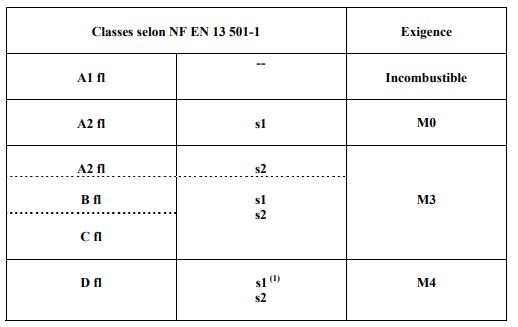
At TecSOM, we entrust the fire reaction classification procedure to the Centre Scientifique et Technique du Bâtiment (CSTB), a laboratory approved by the Ministry of the Interior, where a team of experts measures the contribution of each of our products to the development of a fire,
All our collections have obtained a Bfl-s1 European fire reaction classification report (M3), that is to say a notch above French regulations recommended class.
TecSOM loose lay carpets offer an optimal fire safety rate, a quality sought by both our European and non-European customers.
